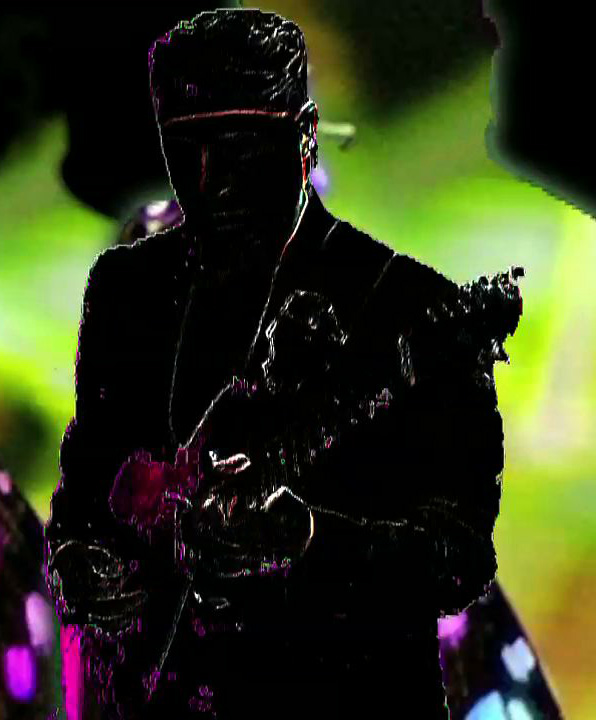
Two and Three Note Modal Sequencing
Two and Three Note Modal Sequencing
The whole idea of modal sequencing was introduced to me by the great music guru Charlie Banacos. He told me at the outset that understanding two and three note modal sequencing would help me see ALL melodic possibilities, because all melodies can be broken down into groups of 2 and 3 notes. This makes sense from a mathematical point of view- everything in the world around us is built on groups of either two or three (odd or even). He also told me:
- Since all motifs in a melody can be broken down into groups of two or three notes, learning all the melodic possibilities of these motifs will help you to compose or improvise within the structure of the melody.
- Working with the two and three note sequences as a singing assignment is an excellent way to make sure you can sing any melodic possibility.
- Being able to play the modal sequences on your instrument will prepare you for any melody you might run into and easily improvise around with the melodic fragments.
- The two and three note modal sequences will help you organize melodies within your mind.
- These sequences will give you mega chops if learned in all keys.
Charlie told me bluntly that I needed to play these sequences through 22 modes (which you can find in the Essential Scales Course). Again, playing these sequences in all keys so that they were firmly ingrained in my mind gave me the dexterity to play them effortlessly when improvising. In addition he said that adding approach notes to these sequences and altering them rhythmically would give me an incredibly rich resource for composition and improvisation.
As usual Charlie was right, and I’m still working with modal sequences and finding them to be invaluable 40 years later! Back in the days of my lessons Charlie wanted me to write out all the sequences by hand. They number in the thousands so it was quite an undertaking. Charlie often did this to make sure that a student understood how to permeate a given set of pitches. Luckily for you I’ve written all of these out in the Two and Three Note Modal Sequencing books in all keys ascending and descending, which will save you a lot of work. (I only found out later that this method of teaching was not something Charlie just “came up with.” He was a direct descendent of a line of great music teachers going back to the baroque era, and these methods go back that far too.)
So here’s how this study should be approached. First you would want to play the 22 scales found in the Essential Scales Course ascending and descending through each scale. For stringed instruments you need to play the scale from every degree so that you cover the entire fret board. That makes this assignment huge but that’s what it takes to learn these scales. After completing these scales in all keys you then start on two note sequencing which took me about 2 years to complete in all keys, and 3 note sequencing which can take a lot longer, as the possible applications are so vast. So first, for those of you who want a quick fix and expect that you are going to master scales on your instrument in a short period of time –which is kinda what I thought when I stepped into my lessons with Charlie– you will quickly find that you have no idea of what that actually means. I left my lesson that first day with my tail between my legs, realizing how foolish I’d been and how I had a lifetime of work ahead of me to master this information.
But even if you don’t set yourself such lofty goals, you still owe it to yourself to understand two and three note sequencing. Even a cursory understanding is invaluable because it’s how music is organized no matter what the style. Blues and Metal players use modal sequences as much as Bach or John Coltrane so this is one of the cornerstones of music.

Bruce Arnold Music Education Genealogy Chart
You might enjoy checking out the “Music Education Genealogy Chart” located on my artist’s site. You will clearly see the historic progression of pedagogy that is the basis for Muse Eek Publishing Products. Great musicians throughout history have been studying the ideas presented by Muse-eek.com which derives its content from a a lineage that stretches back to Scarlatti!
